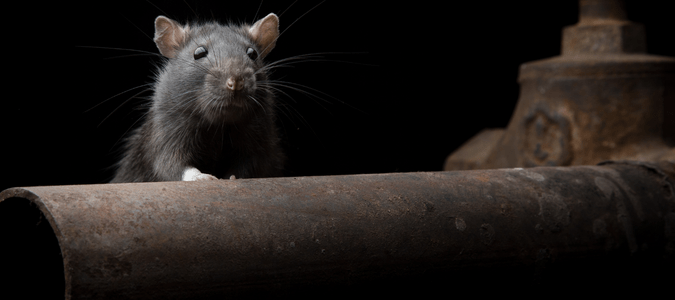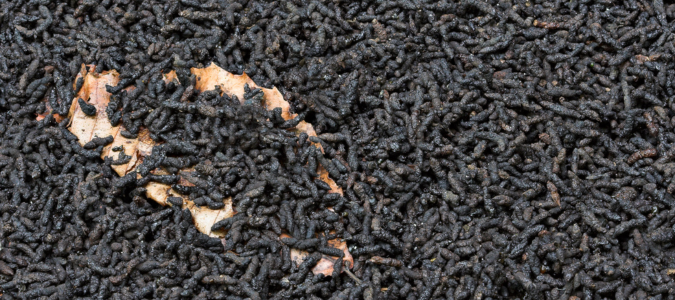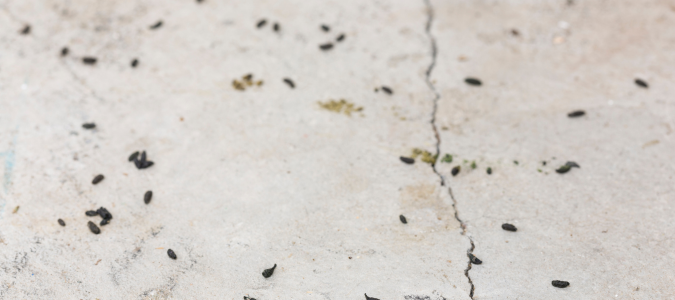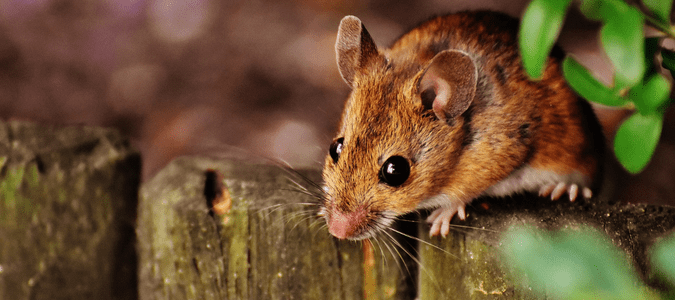Your home should be a place of comfort and tranquility, but a rodent infestation can quickly ruin that. If you hear the scurrying above your ceiling, rats or mice might be getting comfortable in your attic. Here are the most common signs of a rodent infestation and what you can do to make your attic less attractive to them.
The best way to deal with the situation is by letting pest control professionals take over. They have the tools and expertise to control these troublesome pests and restore peace in your home.
Signs You Have Rodents in Your Attic
Rat and mice infestations can grow quickly because these creatures have excellent hiding skills. They dwell in the undisturbed areas in your home, like the attic, and will typically only come out at night to find food. But even though rodent sightings are rare, there are telltale signs to look out for.
Feces and urine are one indication of a rodent infestation. Their droppings are either soft or hard and are usually rod-shaped with pointed ends. Meanwhile, their urine has a distinct smell similar to ammonia. Rats and mice also leave visible signs as they navigate your home, including rub marks. Their bodies leave greasy stains when they rub along walls.
In addition, these pests like to gnaw on various objects around your home, leaving bite marks. They also create nests from yarn, insulation and other materials they can find. Contact a pest control professional once you notice these signs or spot a rat or mouse in your house.
Dealing With an Infestation? Here’s How to Get Rid of Rodents in the Attic
Rodent infestations aren’t just stressful. Rats and mice carry bacteria that can contaminate your food and spread diseases. In addition, their droppings and urine can turn into airborne particles, triggering asthma and allergies. These pests defecate often, so their droppings can accumulate quickly.
Rats and mice can also introduce other pests to your home, including ticks, lice, mites and fleas. That’s why contacting a rodent control professional at the first sign of rodents is extremely important. Here are some measures you can take to make professional control methods even more effective.
Proper Sanitation
No matter how clean you keep your house, rats and mice can still thrive if they have access to food. This is why proper sanitation is extremely important. It will make food more scarce for existing rodents and enhance the effectiveness of professional methods.
Rodent-Proof Your Home
Rodent-proofing is one of the most effective long-term solutions to keep rats and mice out. They can’t nest in your home if there is nowhere for them to enter. Seal off any holes and cracks that are larger than a quarter of an inch, including openings for vents and water pipes. You can use a mixture of caulking compound and steel wool as patching material. In addition, check that the windows, doors and screens create a tight seal. You should also rodent-proof the areas in your home where you store, cook and eat food.
The most effective way to fix the problem is by letting pest control professionals handle the situation. They will control the existing rodents in your home and can prevent new ones from entering through an ongoing preventative program.
Bat Poop Versus Mouse Poop: How Do You Tell Them Apart?
If you spot animal feces in your attic or other parts of your home, you might assume they belong to mice. But that might be an incorrect guess because mouse and bat droppings, shown above, are very similar. Both have the same color and have nearly identical shapes and sizes.
But if you pay closer attention, there are some differences between them. Knowing how to tell bat and rodent droppings apart can help you manage pest infestations better. Here are the key differences you should look out for:
Texture
An easy way to tell the difference between bat and mouse droppings is by looking at the texture. Bat feces is crumbly, while mouse droppings are pasty when fresh and will eventually harden over time.
Size, Color and Shape
Size isn’t the best way to differentiate droppings. Mouse feces are around a quarter of an inch, while bat droppings are usually a third of an inch. However, their shapes and colors might give you a bit more insight. Mouse droppings, pictured above, have pointy tips, while bat feces have blunt ends. In addition, bat droppings can sometimes sparkle under the light when you crush them because of all the insect wings in them. Mouse feces look slick when fresh and will turn gray over time.
Location
Mice can defecate up to 70 times daily, and their droppings are usually scattered randomly. You can spot them near feeding areas and nests. Meanwhile, you can typically find bat feces in large piles because these pests defecate directly below their sleeping spots. If many bats roost in your attic, their droppings will eventually accumulate into a massive heap.
Both mouse and rat feces can pose risks to your health. Bat droppings can spread fungal diseases like histoplasmosis. On the other hand, mouse feces can spread diseases, contaminate food and cause allergic reactions. If you spot rodent droppings in your attic or other areas in your home, contact a pest control specialist. They can control the pest population in your home.
How to Clean Mouse Droppings
If you have rodents in your home, you must clean up the droppings and urine they leave behind. But before doing so, make sure you’re protected. Put on a pair of rubber, vinyl or latex gloves. Additionally, wear a dust mask.
Have some disinfectant ready for the cleanup process. You can use a general household disinfectant product or make your own solution by mixing one and a half cups of bleach with a gallon of water. You can then follow these steps:
- Spray the rodent droppings and urine with the disinfectant until very wet. Let it sit for five minutes.
- Wipe up the droppings, urine and disinfectant with paper towels.
- Dispose of the paper towels in a garbage can that you regularly empty.
- Use a sponge or mop to disinfect the area and other contaminated objects. These include floors, cabinets, countertops and drawers. You should also wash bedding and clothing that may have been in contact with rodents or their droppings.
- Wash your gloved hands with soap and water before removing the gloves.
- Wash your bare hands with soap and water.
Once you notice rat or mice droppings inside your home, contact a pest control professional.
Contact a Pest Control Specialist to Handle Rodent Infestations
If you are wondering how to get rid of rodents in the attic, let a pest control professional do the job. These pests will continue to wreak havoc in your home if they have access to food, water and shelter. Fortunately, a professional can control the existing rodent population in your house and seal off any holes to prevent more from entering. Contact an expert once you notice signs of an infestation.
ABC Can Help With Any Pest Problems
It can feel frustrating when rodents infest your property. Instead of spending your time trying to get rid of pests on your own, contact ABC Home & Commercial Services. Our experts will be able to control the rodents on your property. We will create a custom pest treatment plan so you don’t have to worry about these creatures.




